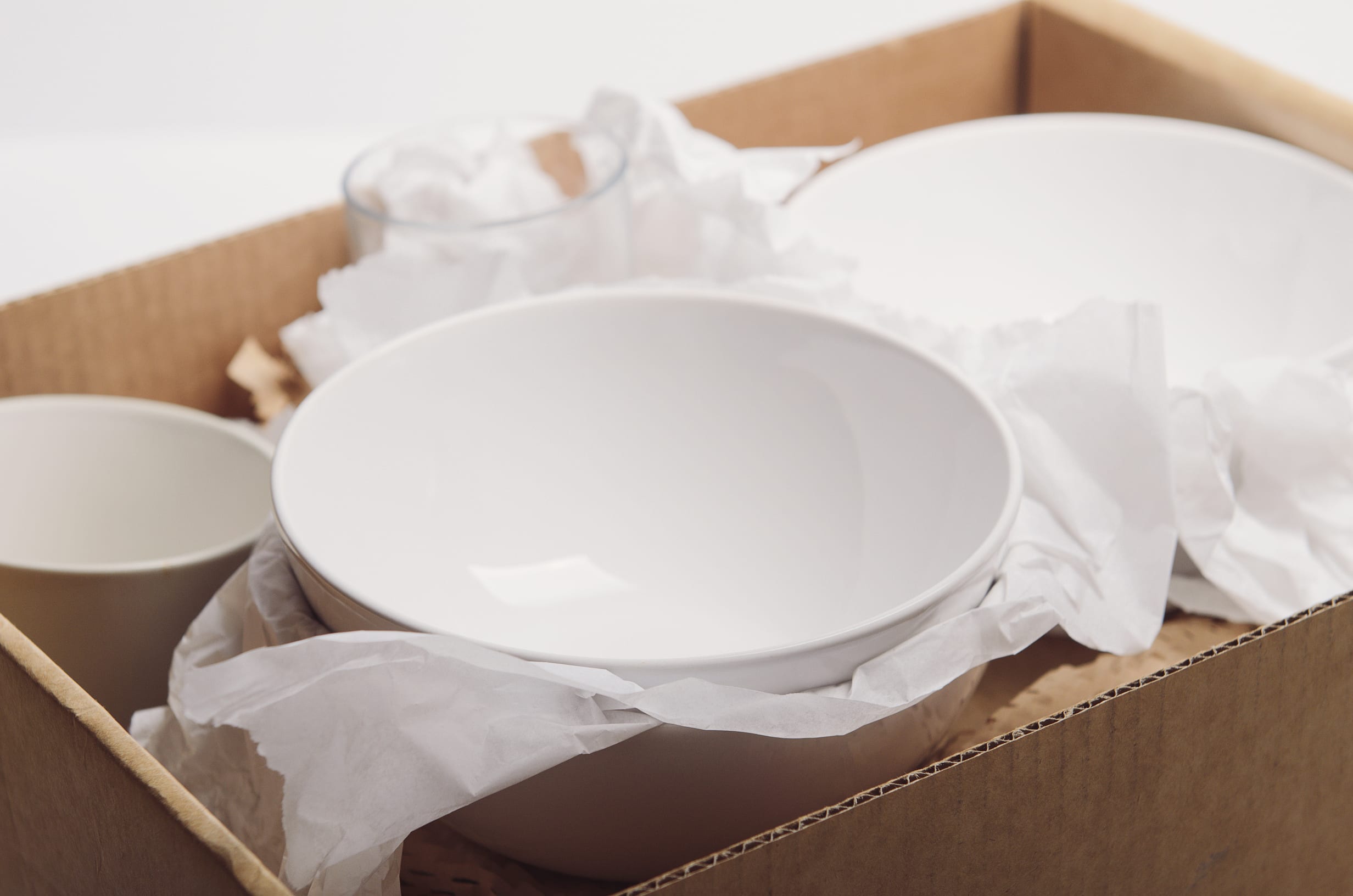

Articles
How To Store Dishes In Boxes
Modified: August 17, 2024
Discover the best way to store your dishes in boxes with these helpful articles. Protect your fragile dishes during moves or storage with these expert tips and tricks.
(Many of the links in this article redirect to a specific reviewed product. Your purchase of these products through affiliate links helps to generate commission for Storables.com, at no extra cost. Learn more)
Introduction
When it comes to moving or organizing your kitchen, properly storing dishes is crucial to ensure they remain safe and intact. Whether you are moving to a new home, renovating your kitchen, or simply looking to declutter, using boxes to store your dishes is a great solution. In this article, we will explore the benefits of storing dishes in boxes, the materials you will need, and the step-by-step process to store dishes effectively.
Storing dishes in boxes offers numerous advantages. Firstly, it helps protect fragile dishware, such as plates, bowls, and glassware, from damage during transit or storage. By securely packing them in boxes, you can minimize the risk of chips, cracks, or breakages. Additionally, storing dishes in boxes allows for efficient organization, making it easier to sort and access your items when needed. Boxes also provide a convenient way to stack and store multiple sets of dishes, maximizing the use of available space.
Before you begin storing your dishes, gather the necessary materials. You will need sturdy boxes or containers in various sizes, packing paper or bubble wrap, dish dividers or cardboard sheets, packing tape, and a permanent marker. These items are essential for ensuring the safety and organization of your dishes.
Now, let’s proceed with the step-by-step process of storing dishes in boxes:
Key Takeaways:
- Storing dishes in boxes offers protection, organization, and space optimization. Utilize sturdy boxes, dividers, and packing materials to ensure the safety and accessibility of your dishware during moves or storage.
- Prioritize precautions such as careful handling, proper wrapping, and suitable storage conditions to safeguard your dishes. By following the outlined steps and tips, you can maintain the quality and integrity of your dishware while stored in boxes.
Read more: How To Store Dish Gloves
Benefits of Storing Dishes in Boxes
Storing your dishes in boxes offers several advantages that make it a practical and efficient solution. Let’s take a closer look at the benefits:
- Protection: One of the primary benefits of using boxes to store dishes is the added protection it provides. Dishes, especially fragile ones like glassware and ceramics, are susceptible to damage during transportation or while being stored. By packing them in boxes, you create a protective barrier from external elements, reducing the risk of chips, cracks, or breakages.
- Organization: Storing dishes in boxes allows for systematic organization. You can categorize and stack your dishes in an orderly manner, making it easier to locate specific items when needed. Using boxes also prevents dishes from getting mixed up or disorganized, saving you time and effort in the long run.
- Space Optimization: Boxes enable efficient use of storage space. By neatly arranging and stacking the boxes, you can maximize the available area and create a more organized and clutter-free environment. This is particularly beneficial when you have limited storage space in your kitchen or storage area.
- Easier Transportation: If you are moving houses or relocating your dishes to a different location, using boxes makes transportation much simpler. Boxes provide a secure and compact container for your dishes, reducing the risk of damage during transit. With proper packing and labeling, it becomes easier to handle and transport your dishes without the fear of them shifting or breaking.
- Prevents Dust and Insects: By storing your dishes in boxes, you can protect them from accumulating dust and unwanted pests. Boxes act as a shield, preventing dust particles from settling on your dishes and maintaining them in a clean and hygienic condition. Furthermore, boxes with sturdy lids or covers can deter insects or bugs from accessing and potentially damaging your dishware.
Overall, storing your dishes in boxes provides numerous benefits such as enhanced protection, efficient organization, space optimization, easier transportation, and prevention of dust and insect infestation. By utilizing boxes as a storage solution, you can ensure the longevity and quality of your dishes while maintaining a well-organized kitchen or storage area.
Materials Needed for Storing Dishes
Before you start storing your dishes in boxes, it’s important to gather the necessary materials. These items will help ensure the safety and organization of your dishes throughout the packing and storage process. Here are the materials you will need:
- Sturdy boxes or containers: Choose boxes or containers that are strong and durable enough to hold the weight of your dishes. Opt for boxes specifically designed for moving or storage, as they are usually made of sturdy cardboard or plastic materials.
- Packing paper or bubble wrap: These materials are essential for wrapping individual dishes to provide an extra layer of protection. Packing paper is ideal for non-fragile items, while bubble wrap offers added cushioning for delicate or fragile pieces.
- Dish dividers or cardboard sheets: These are crucial for creating separation and preventing the dishes from rubbing against each other, which can cause damage. Dish dividers or cardboard sheets with slots or compartments keep the dishes in place and minimize the risk of chips or breakages.
- Packing tape: Use strong packing tape to seal the boxes securely. This will ensure that the boxes remain closed during transportation or storage and prevent any accidental openings.
- Permanent marker: Have a permanent marker on hand to label each box. This will help you identify the contents and make unpacking and organizing easier.
Additionally, you might also consider using other optional materials such as dish racks or storage racks designed specifically for dishes. These can provide more stability and organization while keeping the dishes easily accessible.
By gathering these materials before you start storing your dishes, you will be well-prepared to pack and organize your dishware in the most efficient and secure manner.
Steps to Store Dishes in Boxes
Now that you have gathered all the necessary materials, it’s time to start storing your dishes in boxes. Follow these step-by-step instructions to ensure a smooth and organized process:
- Prepare the boxes: Choose boxes that are clean, sturdy, and of appropriate size for your dishes. Ensure the boxes are in good condition and assemble them if needed. Reinforce the bottom of the boxes with packing tape for added strength.
- Wrap fragile items: For delicate or fragile dishware, such as glassware or fine china, wrap each item individually with packing paper or bubble wrap. Start by placing a layer of packing paper at the bottom of the box for added cushioning.
- Use dish dividers or cardboard sheets: For plates and bowls, place a sheet of cardboard or a dish divider between each item to prevent them from touching and potentially chipping or breaking. The dividers or sheets will create compartments and keep the dishes secure within the box.
- Stack dishes vertically: When placing plates or bowls in the box, stack them vertically rather than horizontally. This helps distribute the weight evenly and reduces the risk of breakages. Wrap any additional layers of dishes with packing paper or bubble wrap as you stack them.
- Secure glassware and mugs: For glassware or mugs, wrap each item individually and place them upright in the box. Fill any empty spaces with crumpled packing paper or bubble wrap to prevent shifting during transportation.
- Label the boxes: Once you have finished packing a box, label it using a permanent marker. Write a brief description of the contents, such as “plates” or “glassware,” on multiple sides of the box for easy identification later on.
- Seal the boxes: Before moving the boxes, securely seal them with packing tape. Make sure all edges and openings are properly sealed to prevent dust, dirt, or pests from entering.
- Store the boxes: Place the labeled and sealed boxes in a cool, dry area away from direct sunlight. Avoid storing them in places where they are likely to be bumped or subjected to extreme temperature changes.
Following these steps will help ensure that your dishes are safely packed and organized in boxes, ready to be transported or stored without any damage or breakages.
When storing dishes in boxes, be sure to wrap each dish individually in packing paper or bubble wrap to prevent breakage. Place heavier items at the bottom of the box and lighter items on top to avoid damage. Fill any empty spaces with packing material to prevent shifting during transport.
Tips for Packing and Organizing Dishes
Packing and organizing dishes can be a delicate task, but with the right tips and techniques, you can ensure a smooth and efficient process. Here are some helpful tips to keep in mind:
- Start with a plan: Before you begin packing, plan how you want to organize your dishes. Consider grouping them by size, type, or frequency of use to make unpacking and organizing easier at your new location.
- Use appropriate packing materials: Use packing paper or bubble wrap to individually wrap fragile items, providing an extra layer of protection. For non-fragile items, stack them tightly together within the box, utilizing dish dividers or cardboard sheets to prevent them from shifting or rubbing against each other.
- Place heavier dishes at the bottom: When stacking dishes in a box, place heavier items such as plates or bowls at the bottom. This ensures a stable base and reduces the risk of breakages.
- Fill empty spaces: Fill any empty spaces within the box with crumpled packing paper or bubble wrap. This helps prevent the dishes from shifting during transportation and provides additional cushioning.
- Label the boxes: Clearly label each box with its contents. Include a short description of the dishes inside, such as “cups and saucers” or “dessert plates,” along with a Fragile sticker if needed. This will make it easier to locate specific items when unpacking.
- Create an inventory list: Keep an inventory list of the dishes you packed in each box. This will help you keep track of your items and ensure nothing is lost during the moving or storage process.
- Stack boxes properly: When storing boxes, stack them in a stable and organized manner. Place heavier boxes at the bottom and lighter ones on top, ensuring that the weight is evenly distributed. Leave clear pathways for easy access to individual boxes, if storing multiple boxes.
- Avoid overpacking: While it may be tempting to fill a box to its maximum capacity, it is important to avoid overpacking. This can lead to the box becoming too heavy or dishes being compressed, increasing the risk of breakages.
- Consider temperature-sensitive items: If you have temperature-sensitive items, such as crystal glassware or antique dishes, take extra precautions. Avoid storing them in areas prone to extreme temperatures, as this can cause damage. Consider climate-controlled storage if needed.
By following these tips, you can ensure that your dishes are packed and organized with care, minimizing the risk of breakages and making the unpacking process much easier. Remember to handle each dish with caution, especially delicate or valuable items, to preserve their quality and integrity.
Read more: How To Store Dishes In An Rv
Precautions to Consider When Storing Dishes in Boxes
When storing your dishes in boxes, it’s important to take certain precautions to ensure their safety and longevity. By following these precautions, you can minimize the risk of damage and keep your dishes in optimal condition. Here are some precautions to consider:
- Handle with care: When packing and moving dishes, handle them with utmost care. Avoid dropping them or applying excessive pressure, as this can result in chips, cracks, or breakages.
- Wrap fragile items properly: Fragile dishware, such as glassware or delicate china, requires extra protection. Wrap each item individually with packing paper or bubble wrap to create a cushioning effect and prevent damage during transportation or storage.
- Avoid stacking heavy items on top of fragile dishes: To prevent breakages, refrain from placing heavy or bulky items on top of fragile dishware. This can cause undue pressure and increase the risk of damage.
- Use appropriate packing materials: Ensure that the packing materials you use, such as packing paper or bubble wrap, are clean and free from debris. Dust or dirt particles can scratch or tarnish your dishes over time.
- Store in a cool, dry location: Dishes are susceptible to moisture and temperature changes. Choose a well-ventilated area with controlled temperature and humidity to prevent condensation and potential damage to your dishware.
- Avoid exposure to direct sunlight: Extended exposure to direct sunlight can cause fading or discoloration of your dishes, especially if they have vibrant patterns or colors. Keep them in a shaded area to maintain their original appearance.
- Don’t overcrowd the boxes: Overpacking or cramming too many dishes into a single box can put excessive pressure on them, leading to breakages. Leave enough space to ensure a secure fit without overcrowding.
- Choose appropriate box sizes: Use boxes that provide a snug fit for your dishware, but are not too tight. Boxes that are too large can result in items moving excessively during transit, increasing the risk of damage.
- Inspect boxes before use: Before packing your dishes, examine the boxes for any signs of damage or weakness. Check for holes, tears, or any structural issues that may compromise the safety of your dishes. Replace any damaged boxes to ensure secure storage.
- Keep boxes off the ground: If storing your dishes in a basement or garage, keep the boxes elevated off the floor. This helps prevent moisture from seeping into the boxes and potentially damaging your dishware.
By taking these precautions, you can protect your dishes from damage and ensure they remain in excellent condition throughout the storage period. Remember to handle each dish with care and prioritize their safety to preserve their value and functionality.
Conclusion
Storing dishes in boxes is a practical and effective way to protect and organize your dishware during moves, renovations, or when simply looking to declutter. By following the steps outlined in this article and considering the precautions mentioned, you can safely store your dishes while maintaining their integrity and quality.
The benefits of storing dishes in boxes are numerous. Not only does it provide protection against breakages and damage, but it also helps optimize space, facilitates organized storage, and eases transportation. By using sturdy boxes, proper packing materials, and dividers, you can ensure the safety of your dishes regardless of their fragility.
Remember to label your boxes and create an inventory list for easy identification and tracking of your dishware. Stack boxes securely in a cool, dry area, preferably away from direct sunlight, to maintain their condition. Taking precautions such as handling dishes with care, avoiding overcrowding, and selecting appropriate box sizes will further enhance the safety and preservation of your dishes.
Whether you are moving to a new home or simply looking to store your dishes securely, following the tips and guidelines in this article will make the process smoother and more efficient. By properly storing your dishes in boxes, not only will you keep them safe and intact, but you will also enjoy the convenience of organized and accessible tableware when needed.
So, gather your materials, pack your dishes with care, and enjoy the peace of mind that comes with knowing your dishware is stored in boxes, ready to be used whenever the occasion calls for it.
Frequently Asked Questions about How To Store Dishes In Boxes
Was this page helpful?
At Storables.com, we guarantee accurate and reliable information. Our content, validated by Expert Board Contributors, is crafted following stringent Editorial Policies. We're committed to providing you with well-researched, expert-backed insights for all your informational needs.
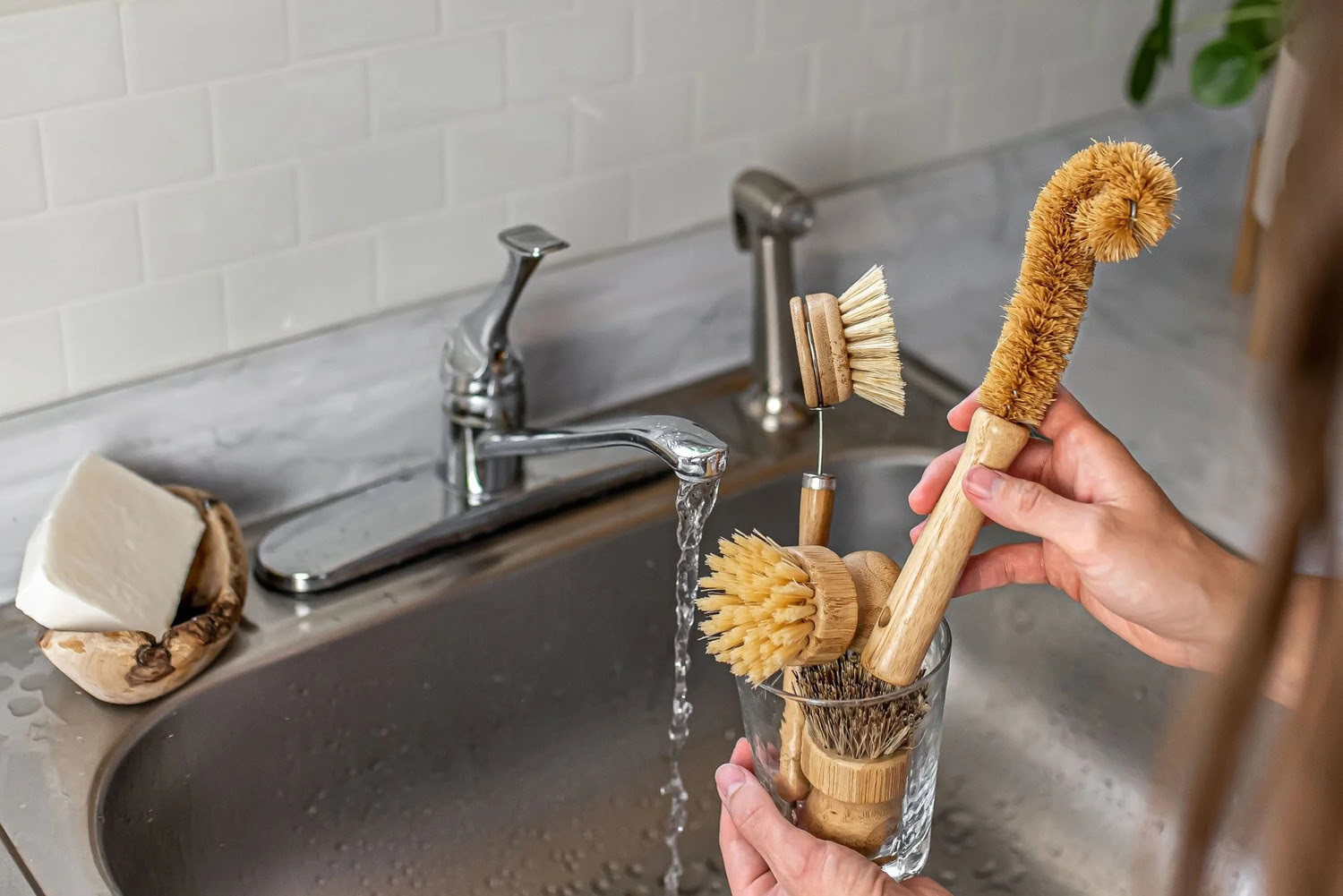
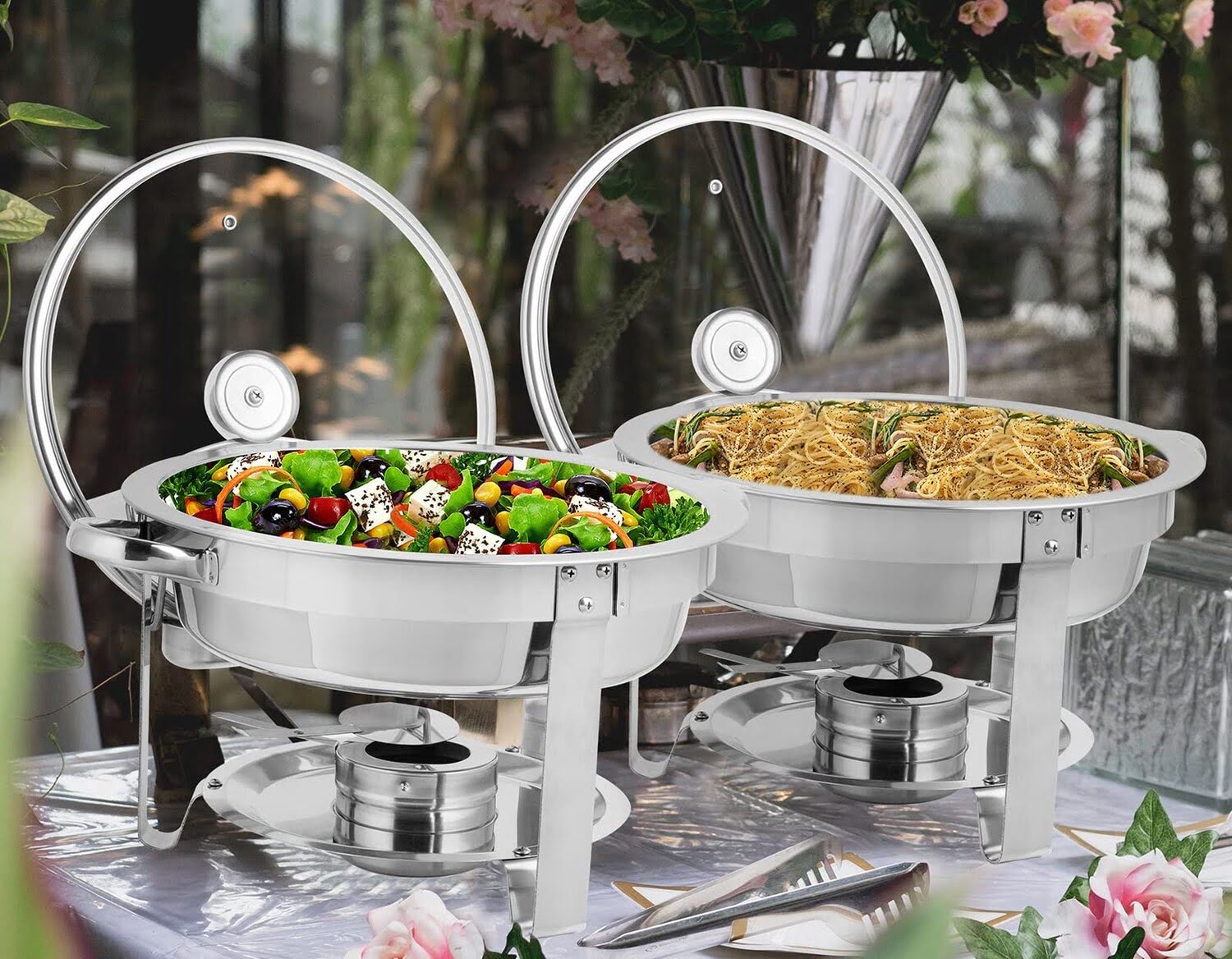
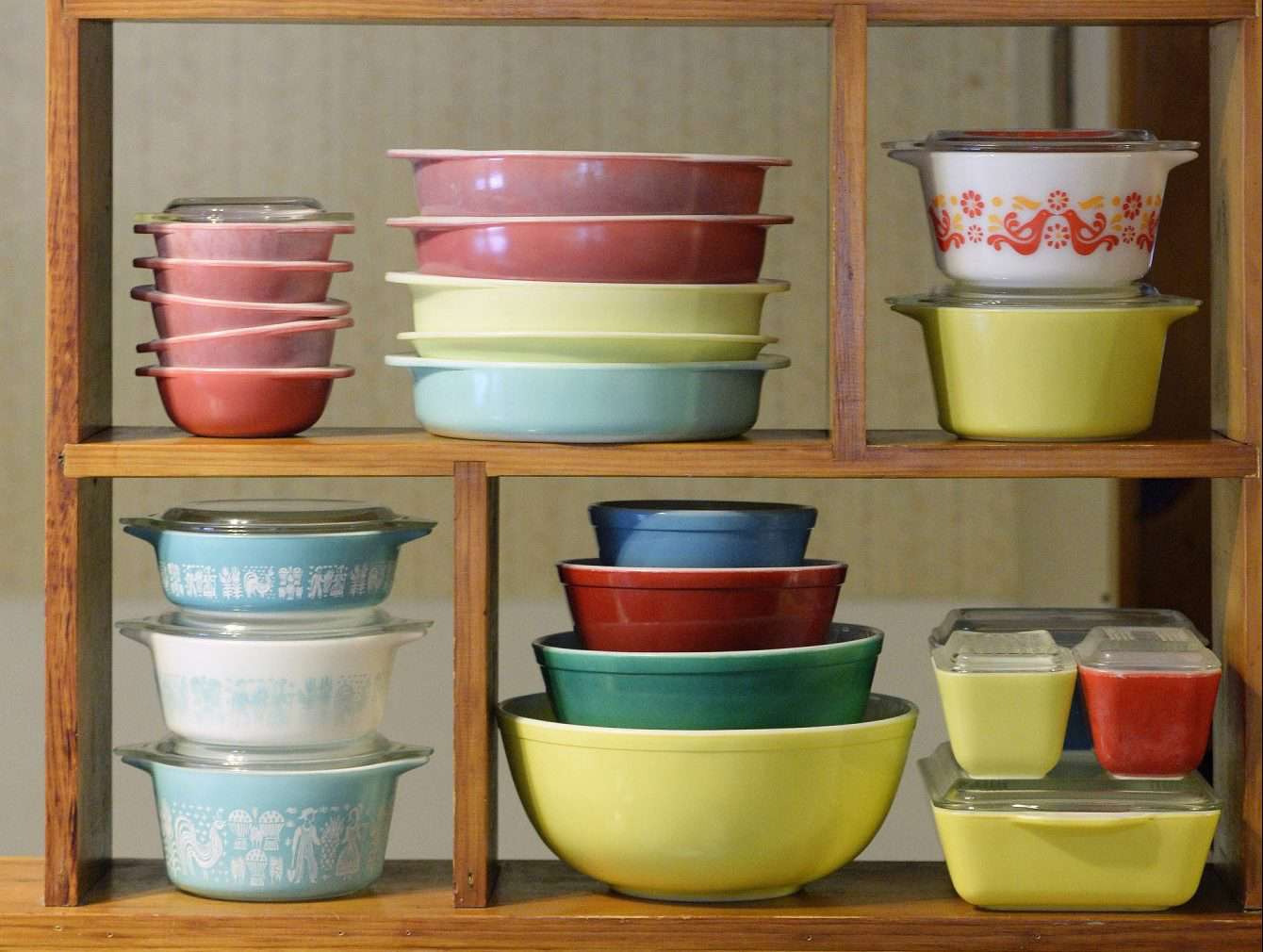
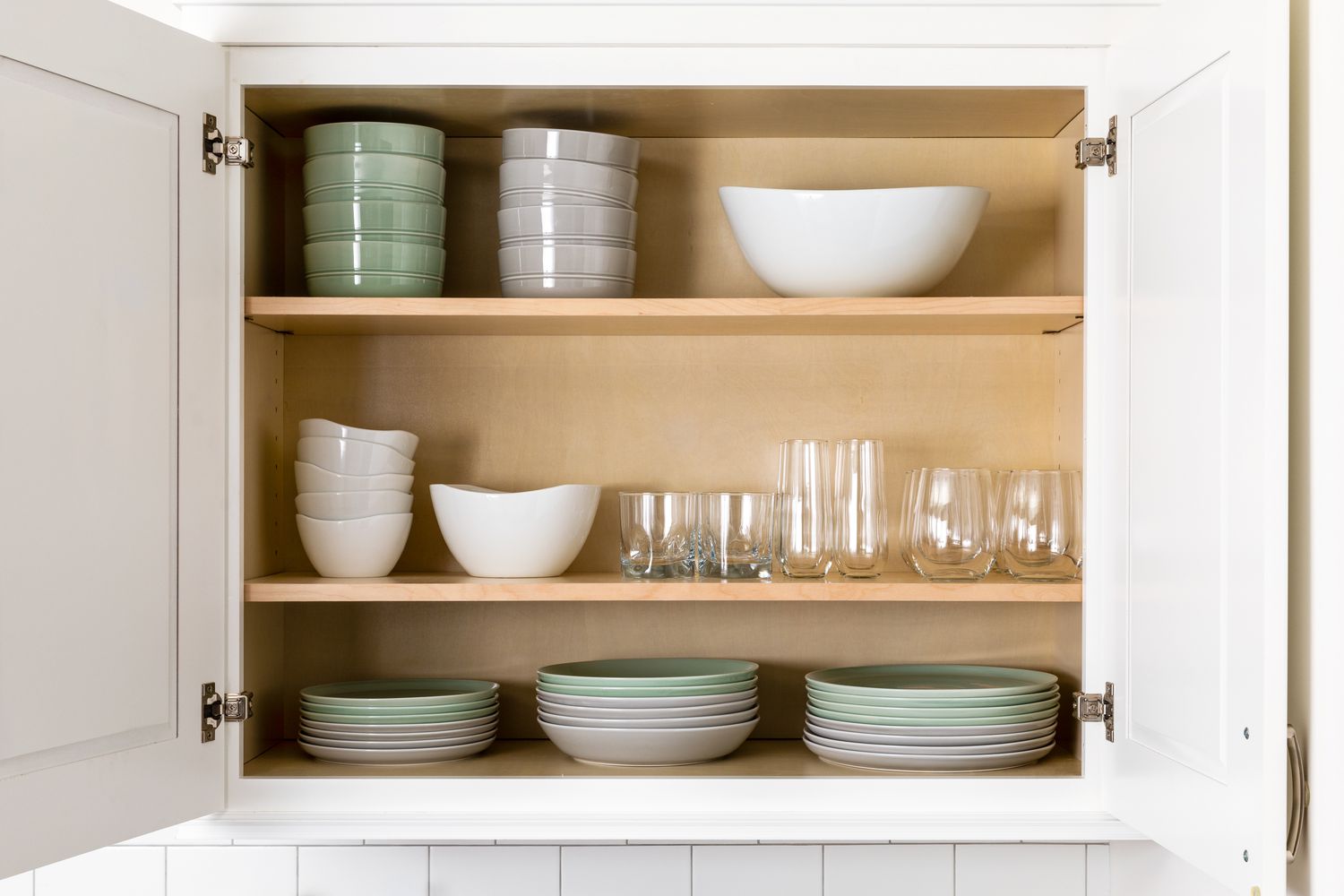
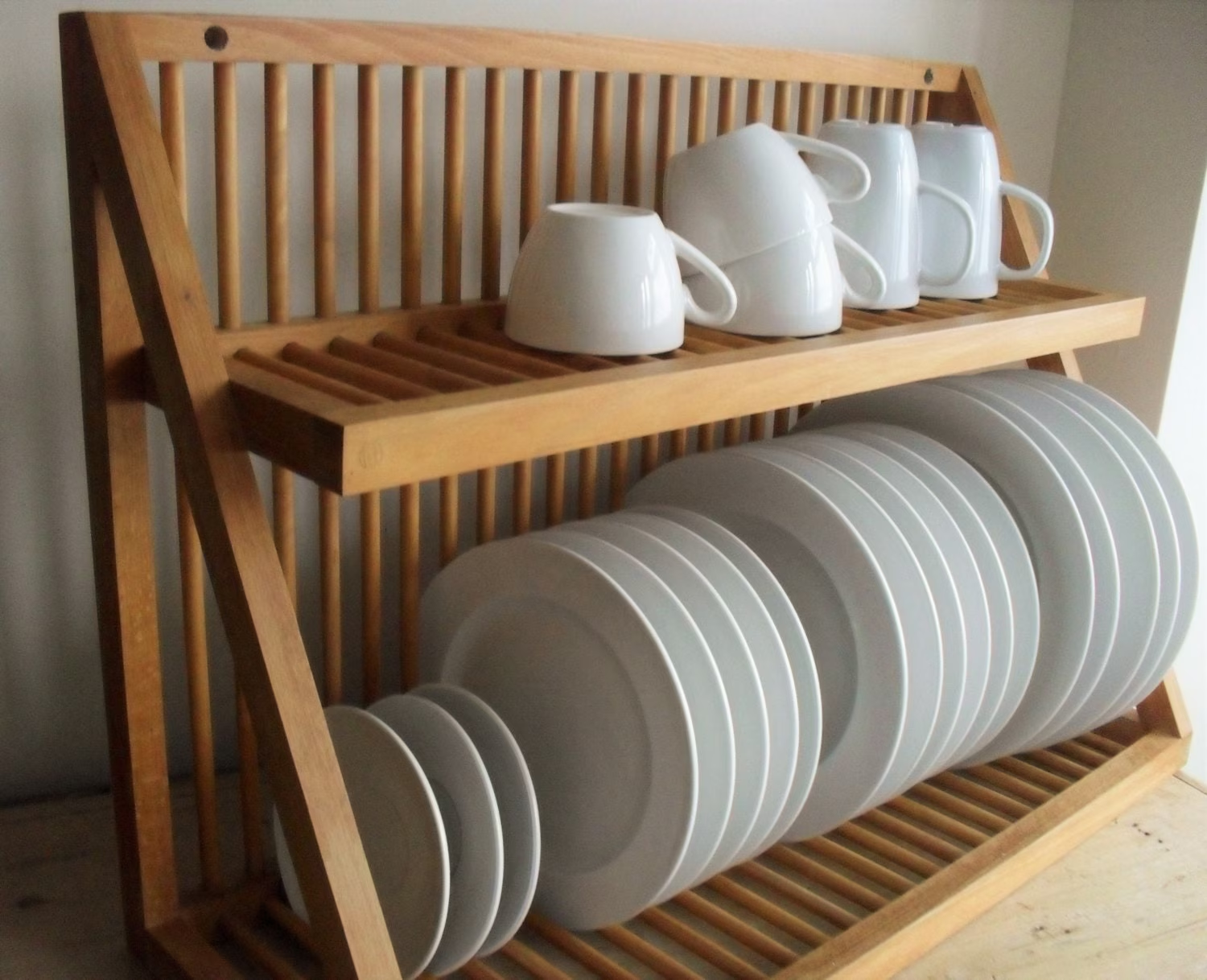
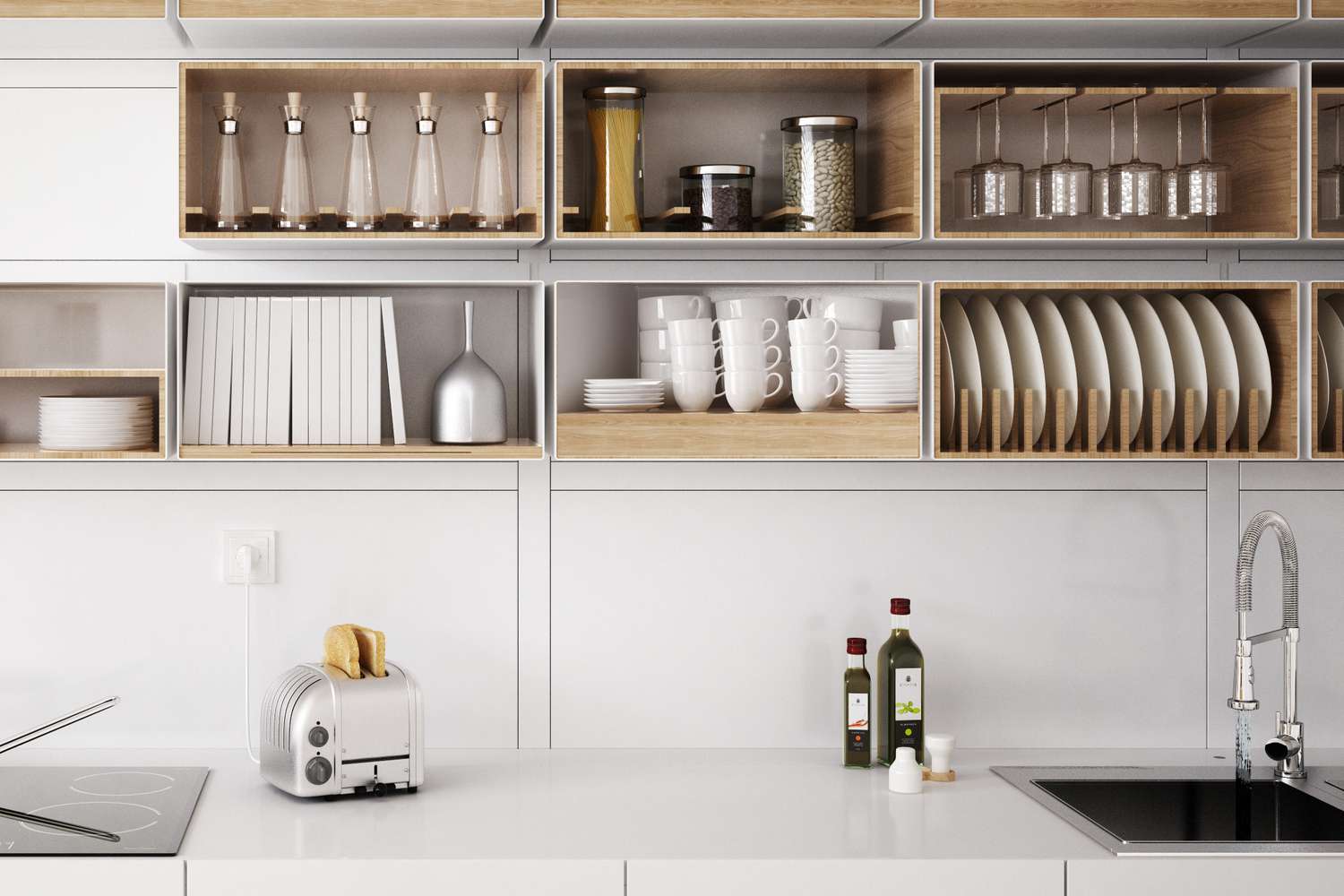
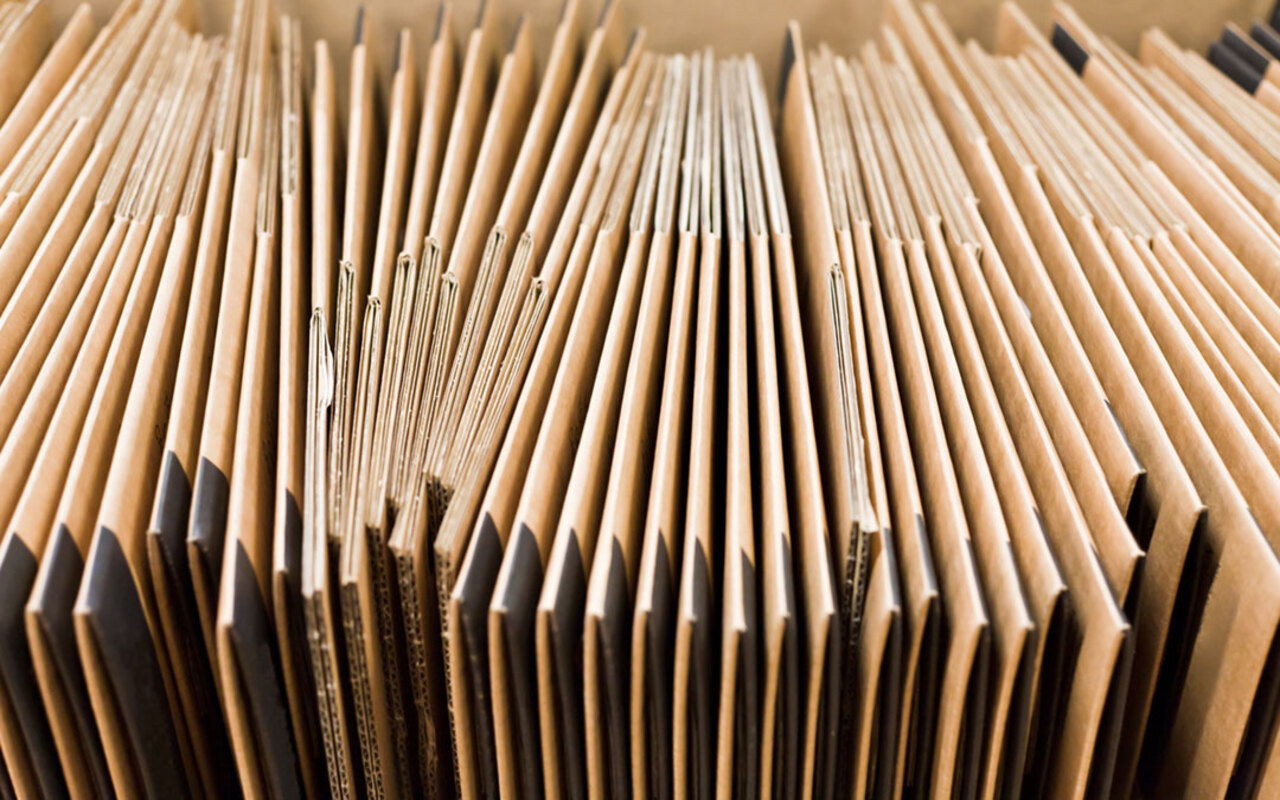
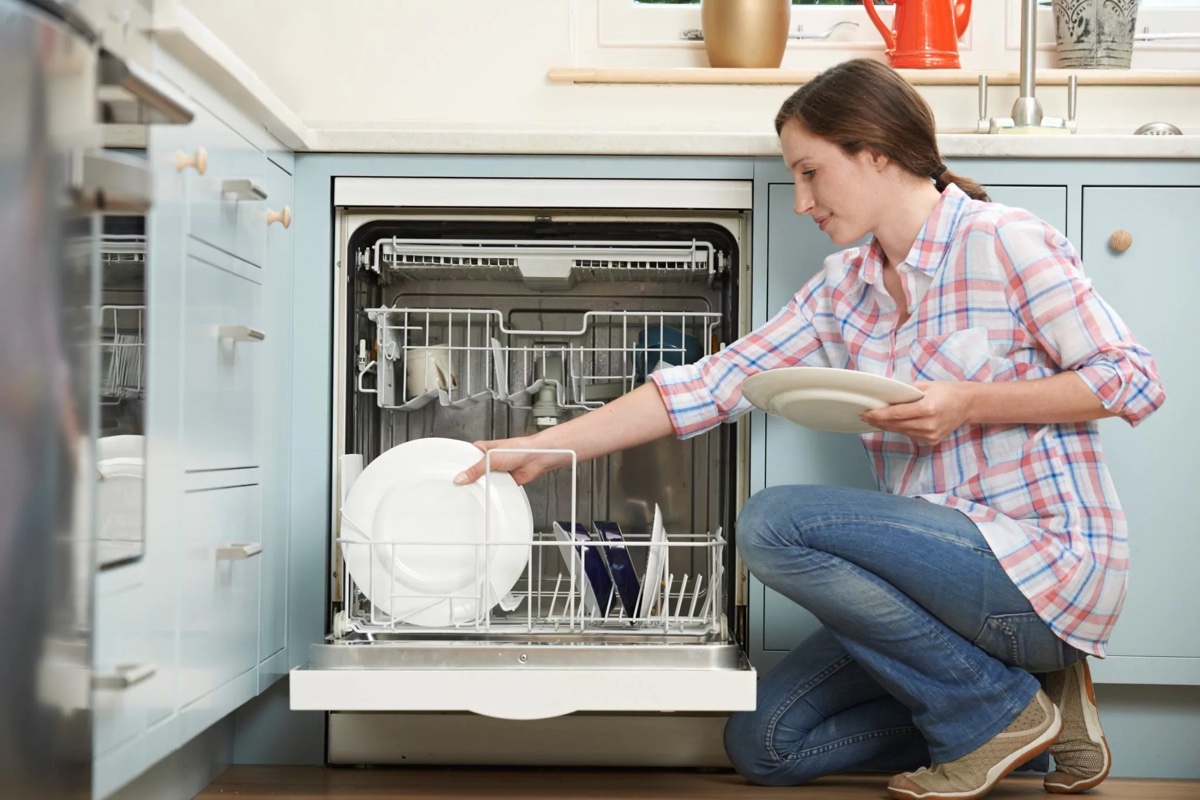
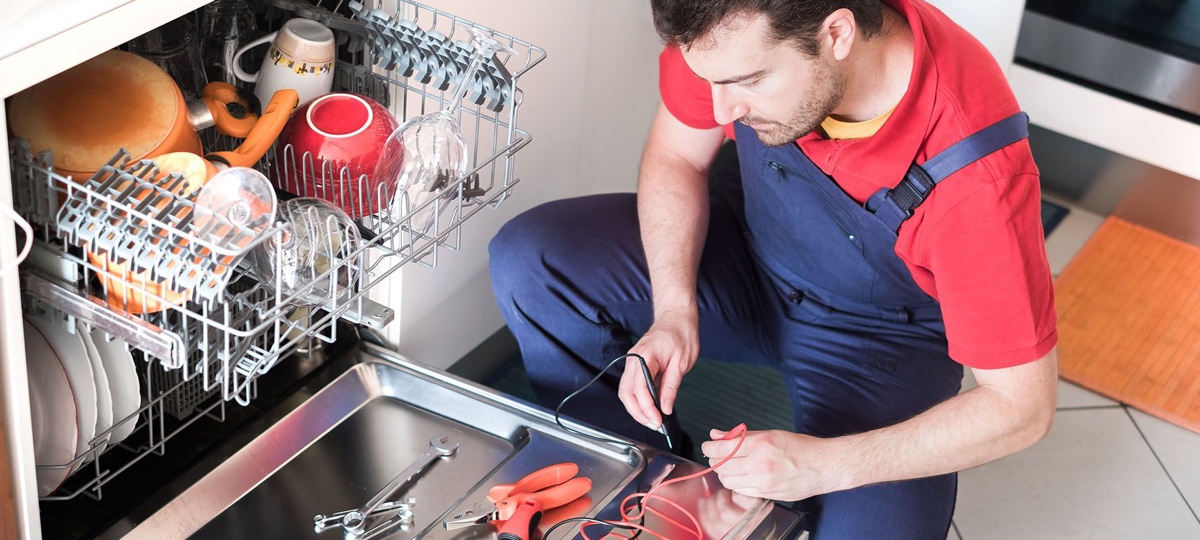
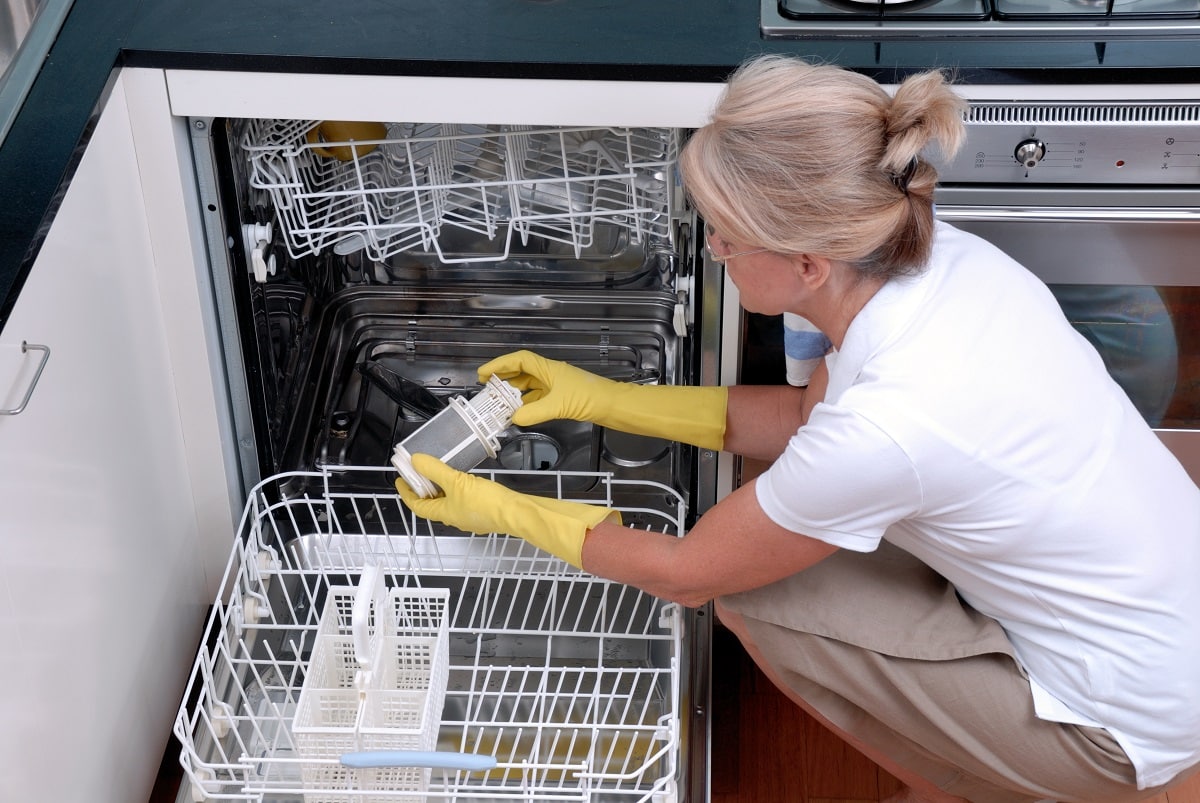
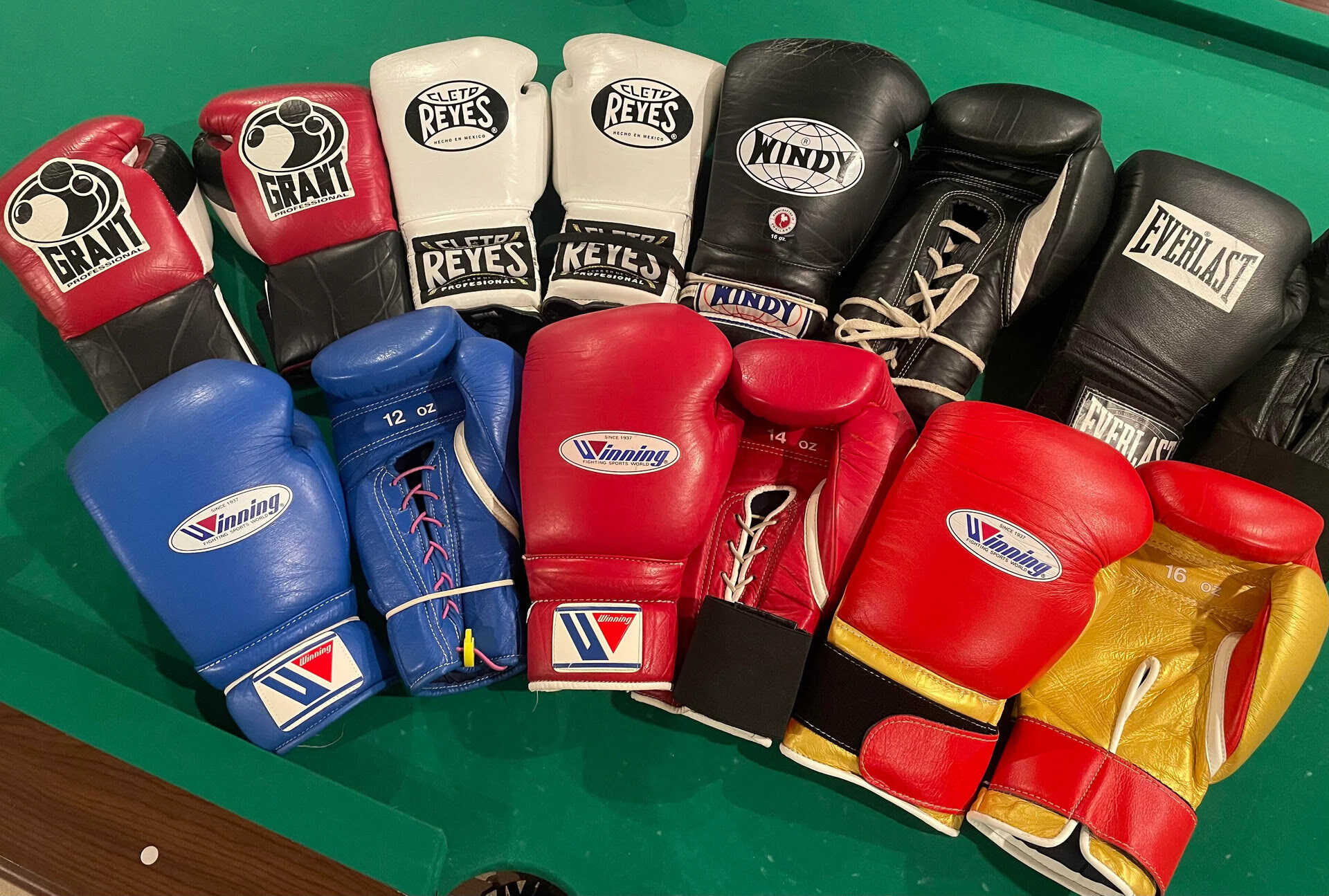
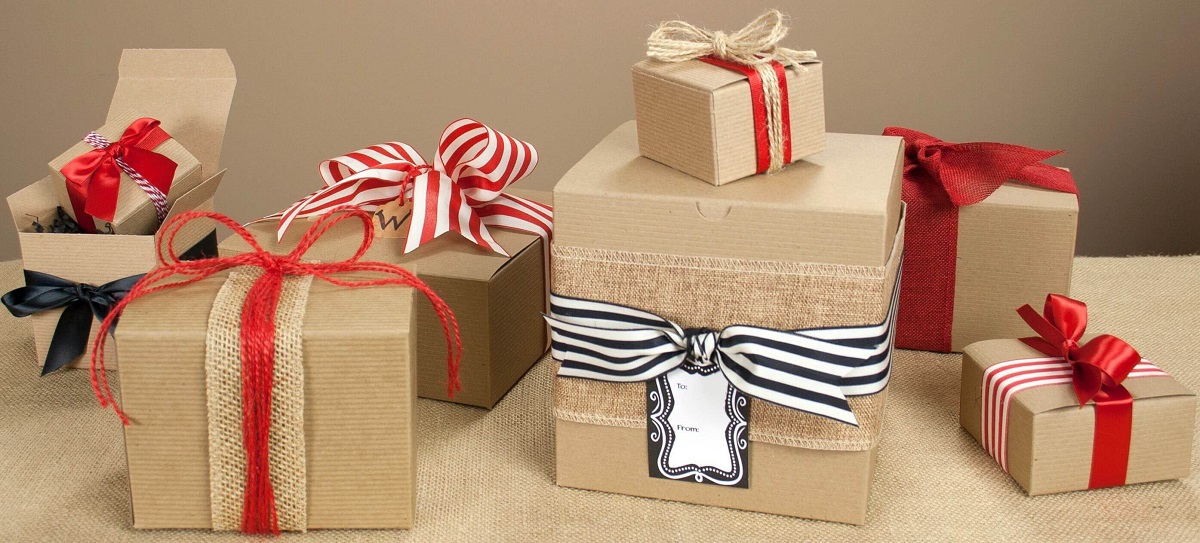
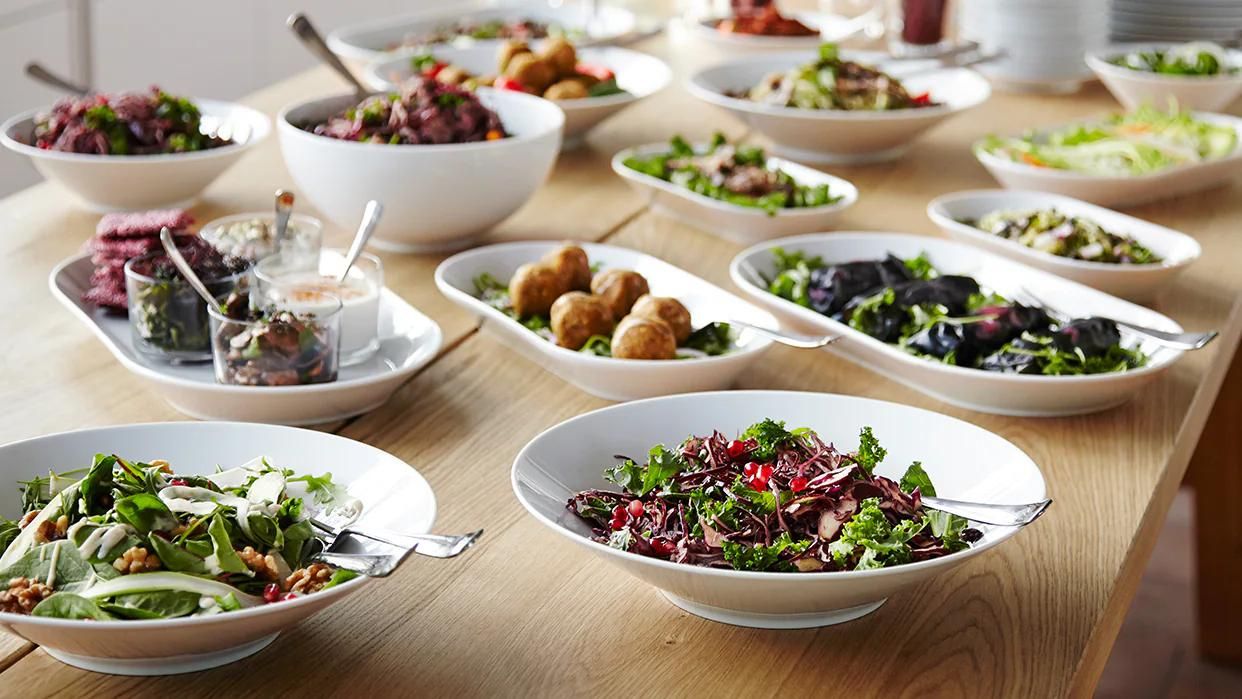
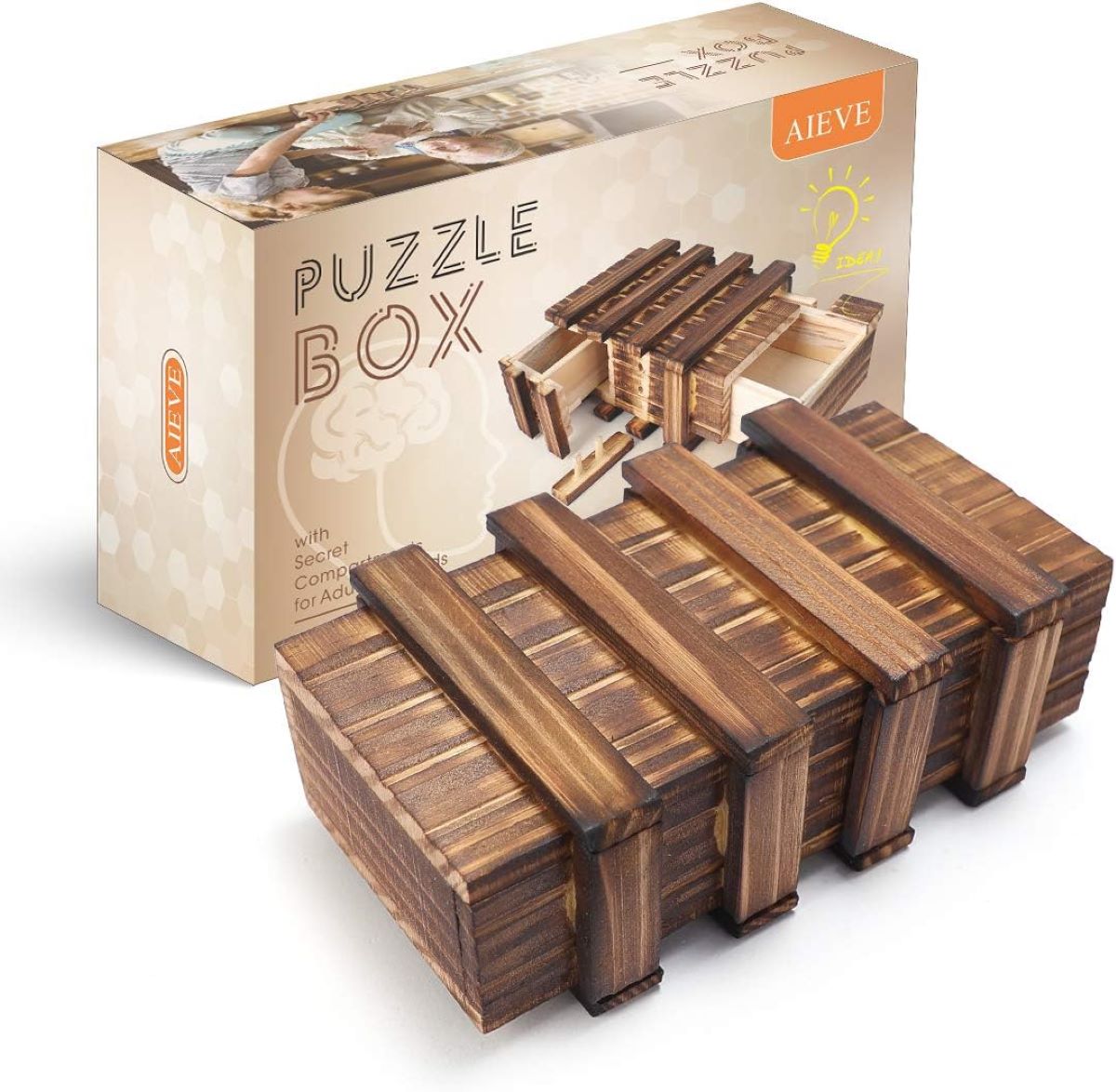

0 thoughts on “How To Store Dishes In Boxes”